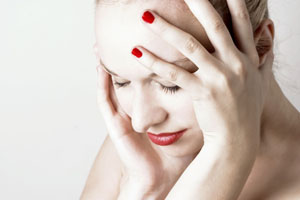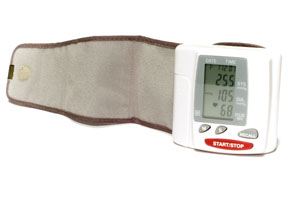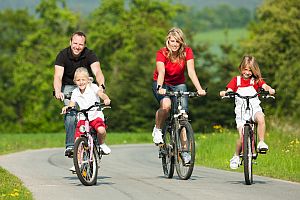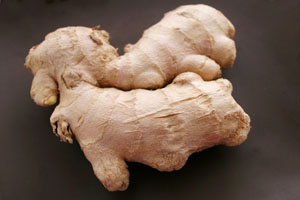Good News About the Cost of Chiropractic Care

A recent evidence-based report on the effectiveness of chiropractic treatment for people dealing with low back and neck pain contains some very good news. And it’s good news for three important groups of people—patients who benefit from chiropractic, employers who sponsor health care plans, and insurance companies who manage the costs.
The report is called “Do Chiropractic Physician Services for Treatment of Low Back and Neck Pain Improve the Value of Health Benefit Plans?”. It was prepared for the Foundation for Chiropractic Progress by a panel of esteemed medical authors who were tasked with investigating the clinical effectiveness and economic efficiency of today’s chiropractic care.
In their summary, the authors concluded that chiropractic care is “more effective than other modalities in treating low back pain and neck pain.” In terms of cost, they determined that chiropractic care for low back pain, compared with medical physician care, increased annual spending per patient by only $75 per year. For neck pain, there was actually a cost savings – the cost of chiropractic care compared with medical physician care was reduced by $302 per year.
In terms of overall cost-effectiveness, the authors of the report concluded: “When considering effectiveness and cost together, chiropractic physician care for low back and neck pain is highly cost-effective, represents a good value in comparison to medical physician care and to widely accepted cost-effectiveness thresholds.” They also concluded that their cost-savings estimates were likely to be “understated” since their analysis didn’t capture reduced spending on over-the-counter and prescription medications that would have been associated with conventional treatment.
This should indeed be seen as good news by the many Americans who already use chiropractic care to treat their back and neck pain. It should also be considered good news for American employers and health care providers concerned about providing the best value for every dollar in their health benefit plans. But the good news isn’t limited to the US—the researchers found the effectiveness and cost figures also applied in the European Union.
The report authors concluded with an even stronger statement in favor of chiropractic care: “Our findings in combination with existing US studies published in peer-reviewed scientific journals suggest that chiropractic care for the treatment of low back and neck pain is likely to achieve equal or better health outcomes at a cost that compares very favorably to most therapies that are routinely covered in US health benefit plans. As a result, the addition of chiropractic coverage for the treatment of low back and neck pain at prices typically payable in US employer-sponsored health benefit plans will likely increase value-for-dollar by improving clinical outcomes and either reducing total spending (neck pain) or increasing total spending (low back pain) by a smaller percentage than clinical outcomes improve.”



 Everyone deals with stress in their lives. And—in small doses—this can be a very good thing. Manageable amounts of stress can actually help you perform at your best and may even help you develop your abilities. However, far too many of us are stressed to the point that our health and well-being could be compromised.
Everyone deals with stress in their lives. And—in small doses—this can be a very good thing. Manageable amounts of stress can actually help you perform at your best and may even help you develop your abilities. However, far too many of us are stressed to the point that our health and well-being could be compromised.
 Do you want to become healthier and stay healthy longer? Take a walk. That is the message of two important new studies.
Do you want to become healthier and stay healthy longer? Take a walk. That is the message of two important new studies.

